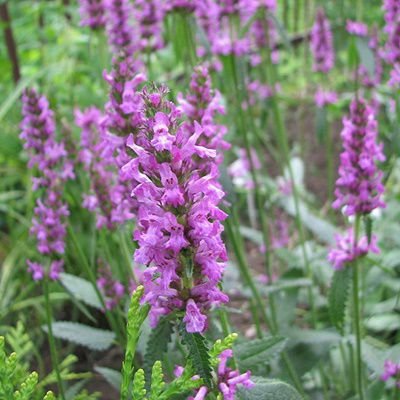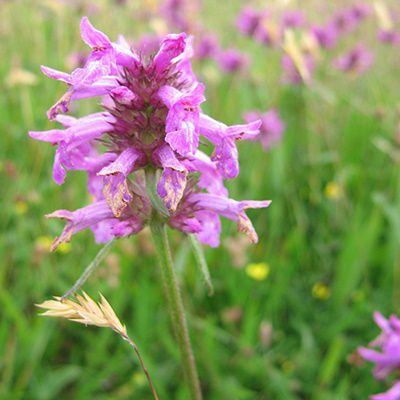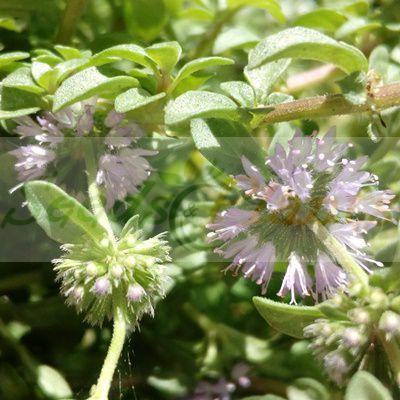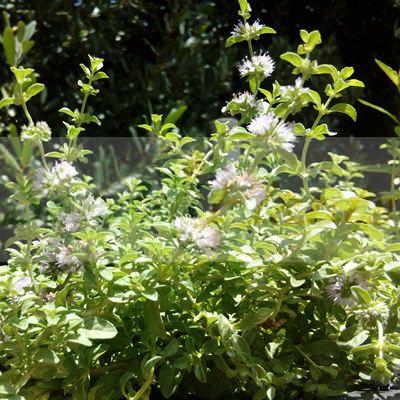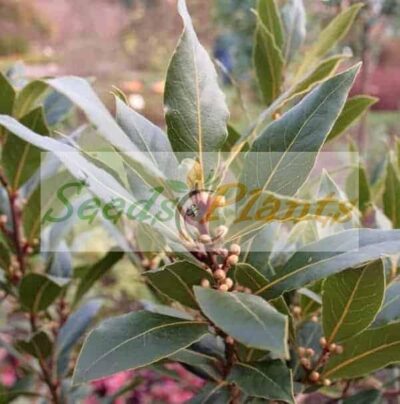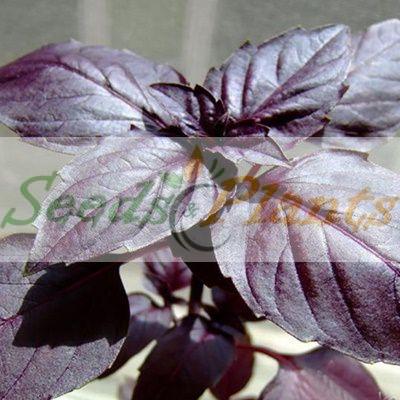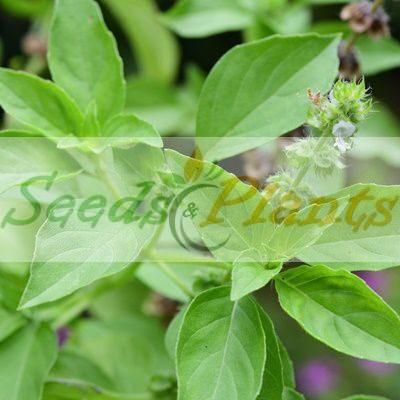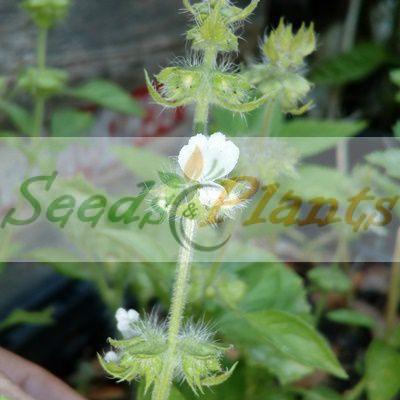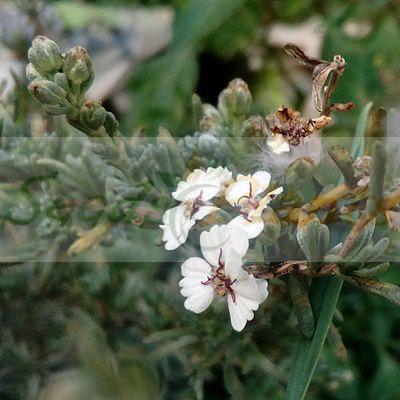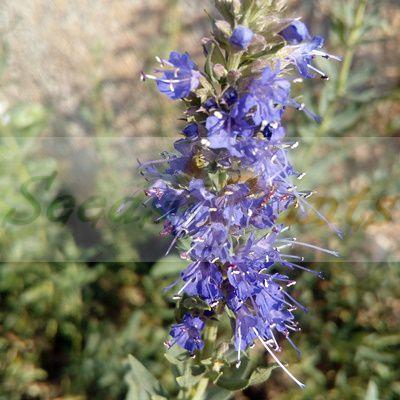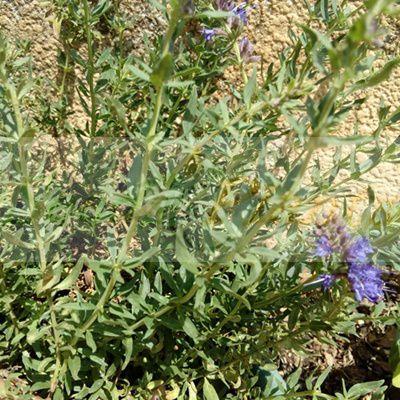🌿 Herbal Quick Facts
Medicinal Info
- 🌍 Origin / Region: Europe, North Africa, Western Asia
- 🌿 Medicinal Part: Flower, Leaf
- 🍵 Herbal Preparation: Decoction, Extract / Tincture, Infused Oil, Infusion / Tea, Poultice
- ⚕️ Healing System: European Traditional Medicine
Growth Traits
- 🌱 Life Cycle: Perennial
- 🦋 Pollinator Method: Attracts Bees, Attracts Butterflies, Attracts Moths
- 🪴 Growth Habit: Bushy, Clumping, Upright
- 🌸 Flower Color: Pink, Purple
Growing Requirements
- 🌞 Sun Exposure: Full Sun, Partial Shade
- 💧 Water Needs: Moderate Water, Water Deeply
- ☀️ Growing Conditions: Cold Tolerant, Drought Tolerant
- 🟤 Soil Preference: Clay, Loam, Moderately Fertile, Sandy, Well-Drained
Betony – 10 Seeds
(Betonica officinalis)
R30.00
It has pinkish-purple or white flowers that grow on spikes. Not only is it perfect for adding color to an area, but growing betony also means you’ll have a tasty tea on hand.
Common Names: Wood betony, bishops wort or purple betony.
Indoor Sowing: Cold Stratification and then transplant in late Spring.
Direct Sowing: Autumn.
In stock
🌿 Herbal Quick Facts
Medicinal Info
- 🌍 Origin / Region: Europe, North Africa, Western Asia
- 🌿 Medicinal Part: Flower, Leaf
- 🍵 Herbal Preparation: Decoction, Extract / Tincture, Infused Oil, Infusion / Tea, Poultice
- ⚕️ Healing System: European Traditional Medicine
Growth Traits
- 🌱 Life Cycle: Perennial
- 🦋 Pollinator Method: Attracts Bees, Attracts Butterflies, Attracts Moths
- 🪴 Growth Habit: Bushy, Clumping, Upright
- 🌸 Flower Color: Pink, Purple
Growing Requirements
- 🌞 Sun Exposure: Full Sun, Partial Shade
- 💧 Water Needs: Moderate Water, Water Deeply
- ☀️ Growing Conditions: Cold Tolerant, Drought Tolerant
- 🟤 Soil Preference: Clay, Loam, Moderately Fertile, Sandy, Well-Drained
Betony Seeds. Betony (Betonica officinalis) also known as wood betony, bishops wort or purple betony, is a perennial herb that makes an appealing addition to your herb garden or flower bed. It has pinkish-purple or white flowers that grow on spikes. Not only is it perfect for adding color to an area, but growing betony also means you’ll have a tasty tea on hand.
Betony Culinary Uses
- Leaves and flowers are used to make a tea.
Betony Traditional Benefits
- Betony, a member of the mint family, has a long history as a useful herb dating back to ancient Egypt and the middle ages.
- People use betony as either a replacement for black tea or as a part of a base for herbal tea.
- It can be used as a poultice for healing bruises and as a gargle for mouth ulcers, gum inflammation, and sore throats.
- It is thought to possibly have a mild sedative effect and is used to relieve stress, neuralgia and nervous disorders.
- Remedy for headache and facial pain
- Bitter tonic – stimulate digestive system and liver
Betony Other Uses
- You can also make a yellow dye using the leaves.
- As a hair rinse to darken gray hair
Growing Betony
Indoor Sowing: Cold Stratification and then transplant in late Spring.
Direct Sowing: Autumn.
- You can sow the Seeds directly into the garden In Autumn and germination will take place the following Spring. Alternatively you can start seeds indoors in early Spring by using cold, moist stratification and then plant out mid to late spring.
- Betony seeds need light to germinate, so sow them on the surface of the soil or barely cover them with a very thin layer of growing medium
- To stratify, plant two seeds in a small pot that is filled with a good quality seed raising mix, not soil. Spray the mix to keep it moist and place in the fridge for 2 months.
- Don’t let the seed raising mix dry out. Check the pots regularly and mist if necessary, but don’t soak the pots or the seeds may rot.
- After stratification, you can remove the pots from the fridge and place it in a warmer area of the house to initiate the germination process.
- Keep the soil moist, but not wet, until germination takes place.
- Germination can take anything from 1 – 3 months, so patience is required.
- Betony is quite compact, so group multiple plants to maximize the visual impact. Place plants 12 to 18 inches apart. It can grow from anywhere between 9 inches and 3 feet tall.
- It is drought tolerant, but it’s best to water it once a week. Give it a deep watering at the roots. Allow the surface of the soil to dry out a little in between watering.
Does this plant have medicinal uses?
Traditionally, Betony has a history of use in European Traditional Medicine. Seeds are sold for cultivation purposes only.
Disclaimer
Medicinal Information:
All medicinal information on this website is for educational and informational purposes only and may not be construed as medical advice. The information is not intended to replace medical advice or treatment offered by healthcare professionals.
Seeds, Plants, Plant Cuttings, Geophytes and Dried Herbs:
In some countries and provinces, certain plants are deemed as invasive and are not allowed to be planted at all, whilst some plants are allowed to be grown only in certain areas or provinces. The onus is on you as the buyer to familiarize yourself with the regulations pertaining to your location, before purchasing any of our seeds, plants, plant cuttings, geophytes or dried herbs. We will not be held liable, should you purchase any seeds, plants, plant cuttings, geophytes or dried herbs. from us which are prohibited in your country or province.



